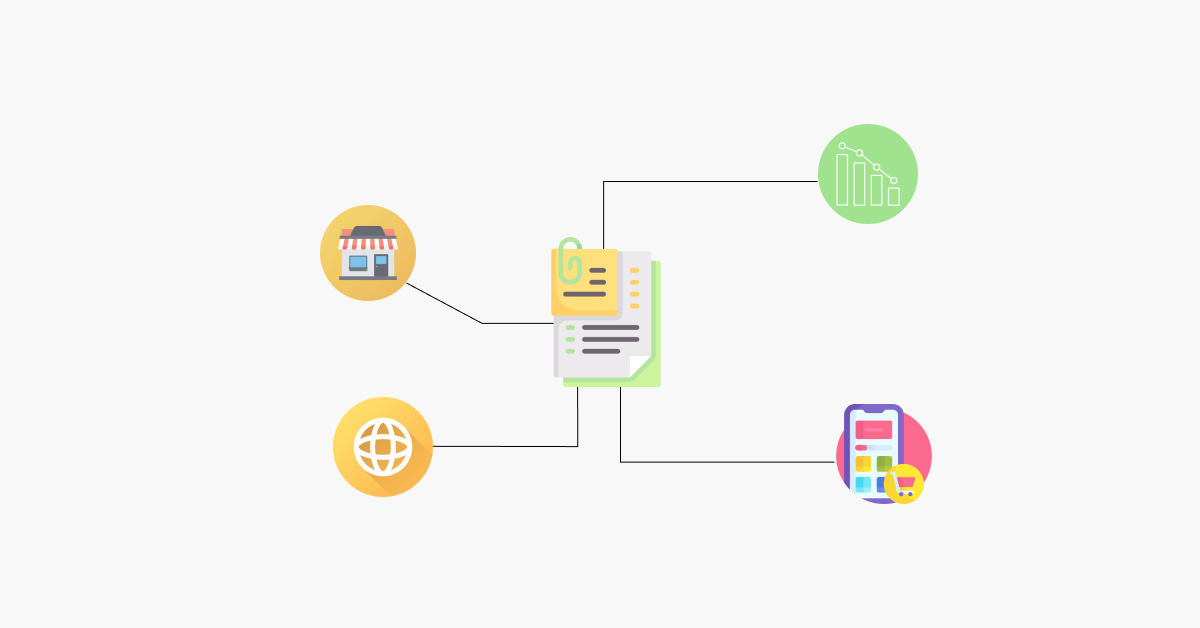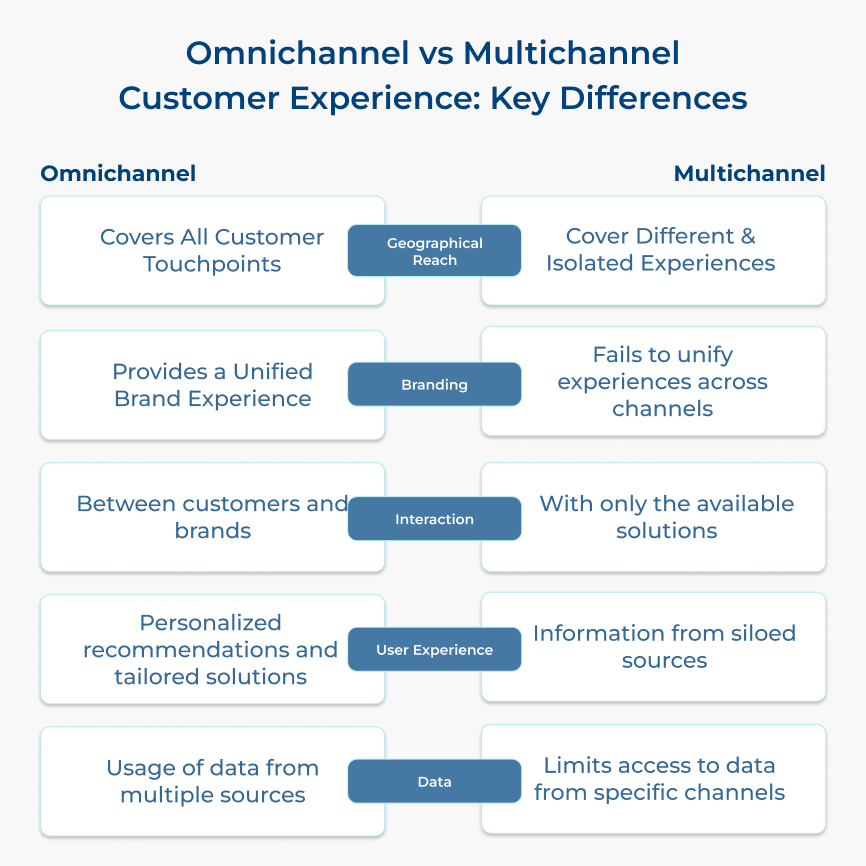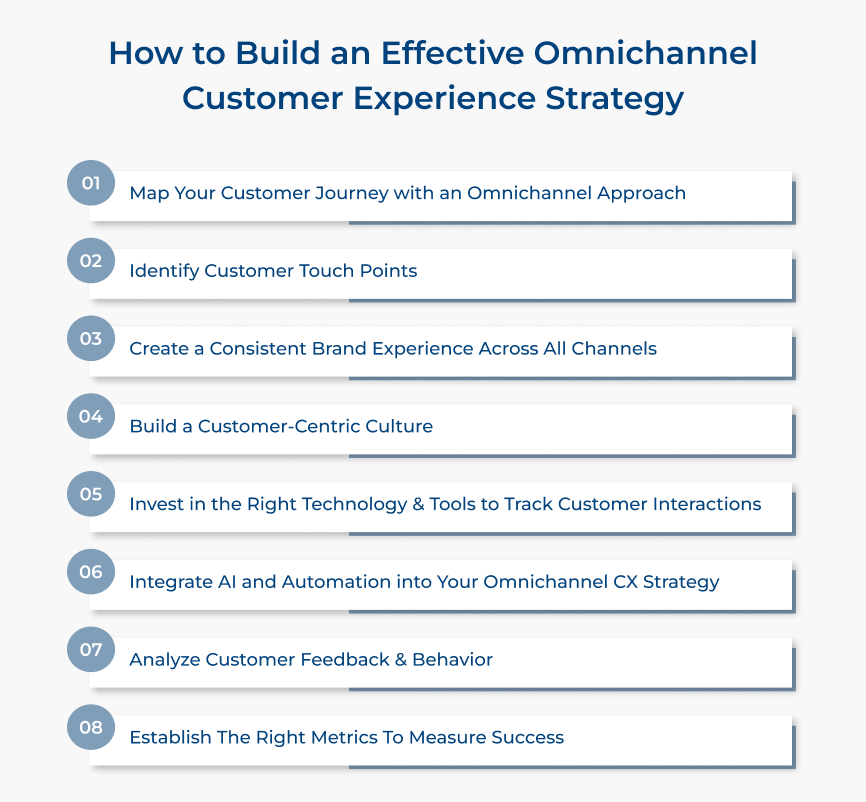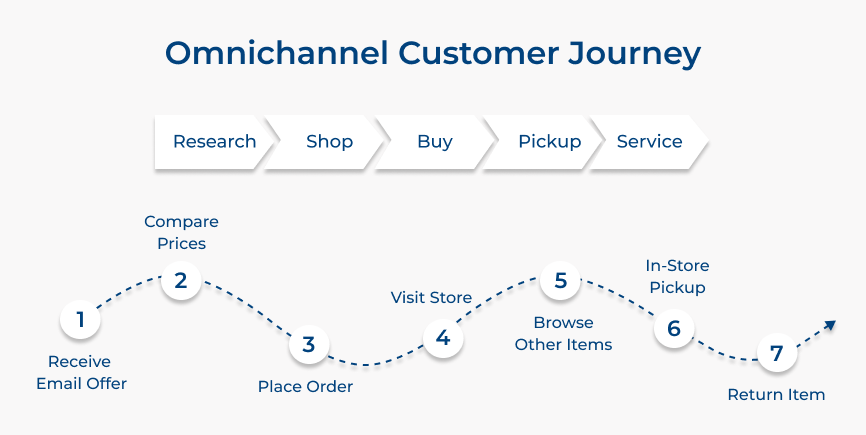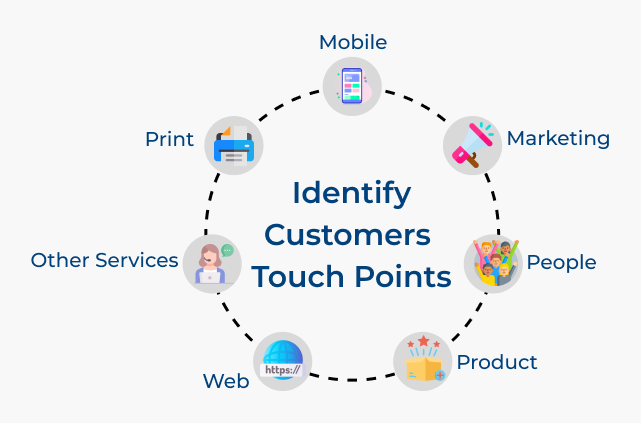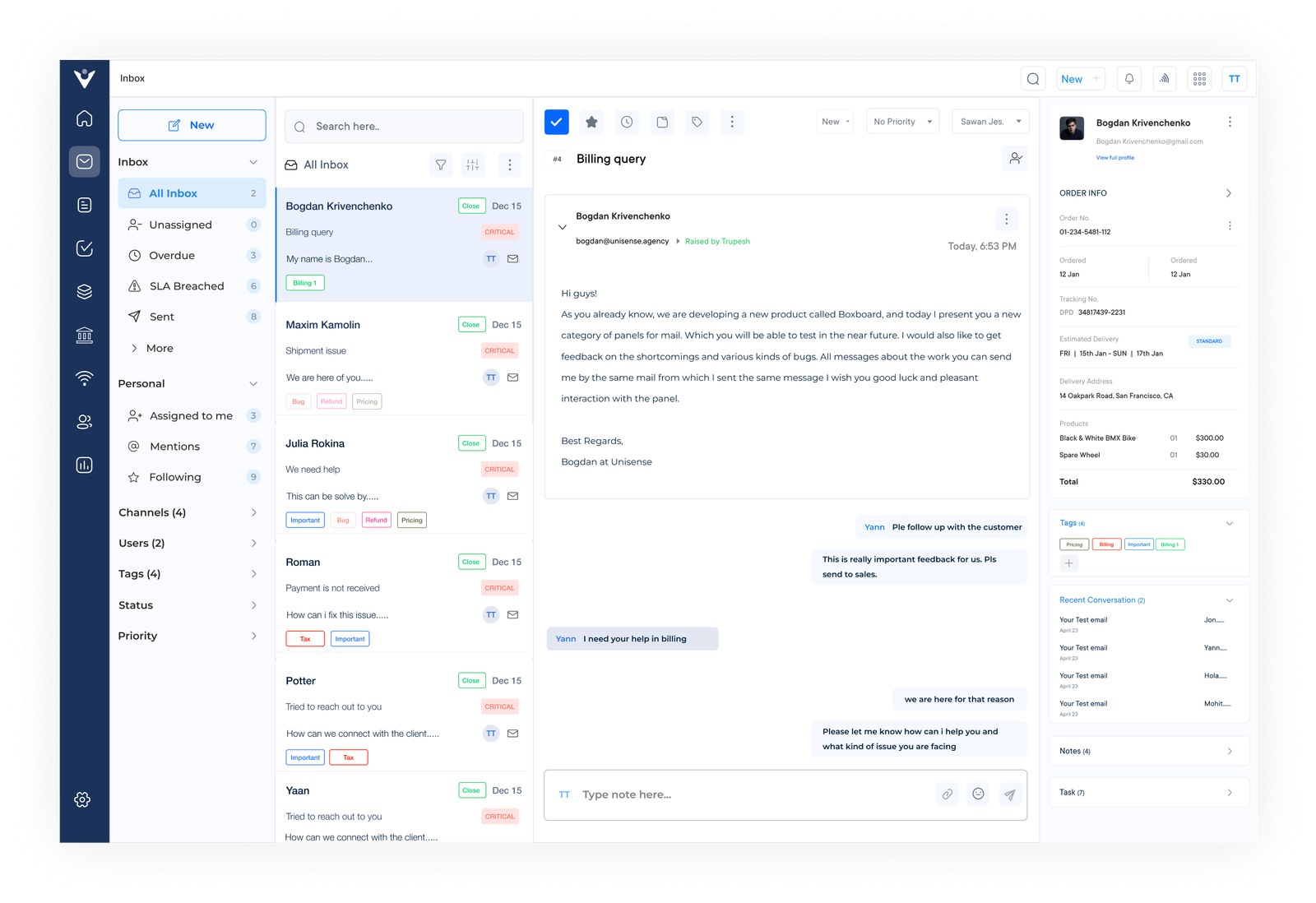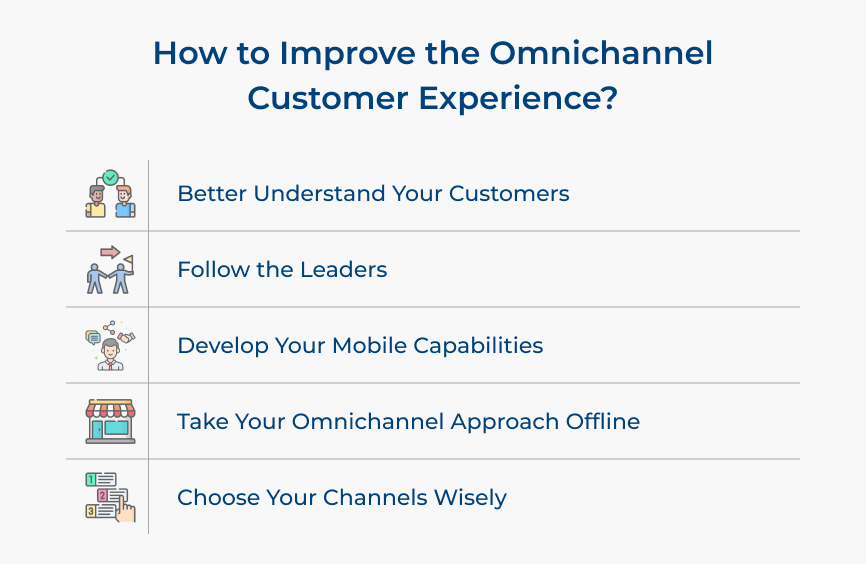- Better understand your customers: Businesses must have a deep understanding of your customers. It means not only collecting and analyzing data but also gaining insights into their preferences, behaviors and needs. Leveraging customer analytics allows businesses to tailor their marketing efforts to provide personalized experiences that resonate with their target audience.
- Follow the leaders: Learning from industry leaders who have successfully implemented omnichannel strategies can provide valuable insights. Study established brands in your industry to analyze their approaches to customer engagement, marketing campaigns, and channel integration. Observing their best practices will help adapt their successful strategies to your own business.
- Develop your mobile capabilities: The increasing use of mobile devices has made having a strong mobile presence essential to deliver a seamless omnichannel experience. Optimize your website or mobile apps to be user-friendly, responsive, and provide consistent branding across all devices.
- Take your omnichannel approach offline: While digital channels are crucial, an effective omnichannel strategy should also extend to offline touchpoints. Ensure that your in-store experience aligns with the online experience, providing a consistent brand message and customer service.
- Choose your channels wisely: Not all channels will be equally effective for every business. It’s important to choose the right channels based on the target audience and business objectives. Conduct market research to determine where the customers are most active and which channels align with your brand positioning.
Examples of Omnichannel Customer Experience (CX)
Check out some inspiring examples of brands that have successfully navigated the complexities of omnichannel CX, showcasing how they’ve transformed interactions into memorable experiences.
- H&M – An Integrated Customer Experience
H&M has created an integrated customer experience model by combining online tools with brick-and-mortar stores. It has allowed them to facilitate a smooth omnichannel buying process through ordering online, purchasing items at their store locations, and tracking purchases or returns.
The approach allows customers access to prices, sizes, colors and product options throughout every step of the shopping process. It provides them with unparalleled convenience as well as increased interaction with the brand at every point of contact.
- Starbucks Rewards – Loyalty Program
Combining an omnichannel strategy with its loyalty program STARBUCKS REWARDS™ rewards program, Starbucks has been able to provide a truly unified customer experience for their patrons for decades now.
As a result of reducing abandonment due to ordering incompatibilities across different channels, Starbucks has been able to increase overall sales and improve average basket size!
Navigating the Challenges in Implementing Omnichannel Customer Experience
Below are the common challenges businesses face in delivering an exemplary omnichannel customer experience and along with insights on how to overcome them for lasting success.
1. Siloed Data and Systems
One of the biggest hurdles in implementing omnichannel customer experience is the presence of siloed data and systems. Many businesses have separate databases and technologies for different channels, leading to fragmented customer information.
Companies must invest in a robust customer relationship management (CRM) system that integrates all customer data across various channels. It gives a unified view of customer behavior and preferences, allowing businesses to deliver personalized experiences seamlessly.
2. Lack of Internal Collaboration
Implementing omnichannel customer experience requires close collaboration among different departments within an organization. It is quite common for teams to work in isolation, focusing solely on their respective channels.
Businesses should prioritize internal communication and establish a culture of collaboration. Regular meetings, shared goals and cross-department training can help break down silos.
3. Consistency across Channels
Maintaining consistency across multiple channels can be challenging, as each platform may have different features and functionalities. It can often lead to the brands delivering an inconsistent experience unintentionally.
Every brand must invest in a centralized content management system (CMS) that allows them to manage and distribute content across various channels. Creating consistent branding, messaging, and customer experiences allows businesses to enhance their omnichannel strategy .
4. Customer Privacy and Security Concerns
Implementing an omnichannel strategy requires collecting and analyzing customer data from multiple sources. It can raise concerns about privacy and security.
Adopt robust data protection measures and comply with relevant data privacy regulations. Transparent communication about data collection and usage, along with providing customers with control over their data will help alleviate concerns.
5. Measuring and Optimizing the Customer Journey
Tracking and measuring the effectiveness of an omnichannel customer experience can be complex due to the multiple touchpoints involved. Without proper analytics and tracking mechanisms in place, businesses may struggle to understand their customer’s journey.
Investments should be made in advanced analytics tools that provide insights into customer behavior across channels. The tools can help identify bottlenecks and areas for improvement, allowing businesses to optimize their omnichannel strategy.
Amplify Your Brand Reach with Omnichannel Customer Experience (CX) Strategy
The unparalleled success of modern businesses suggests that customer experience (CX) and omnichannel strategies are powerful drivers in the market. Omnichannel CX combines multiple channels to customize customer purchase journeys, providing them with convenience and personalization. It amplifies the brand reach by creating positive buyer experiences that lead to better relationships with customers.
Brands must consider investing in an omnichannel approach to create a single source of truth for customer data and the best possible shopping experience across all channels. When businesses embrace the above-listed strategies as part of their core offering, they open up a world of endless possibilities for growth and success.
